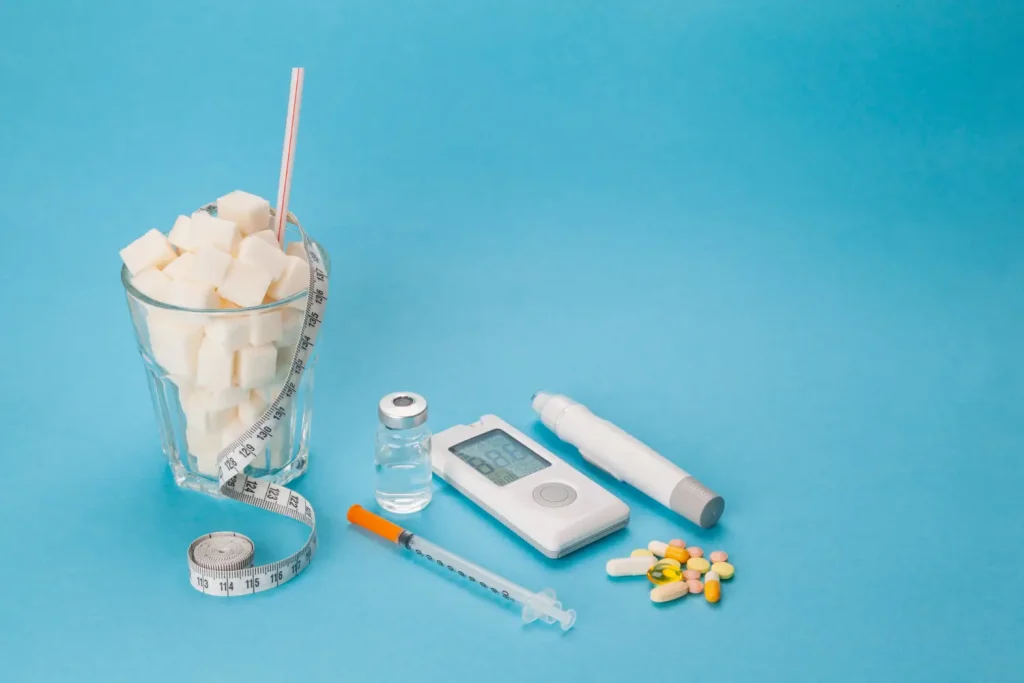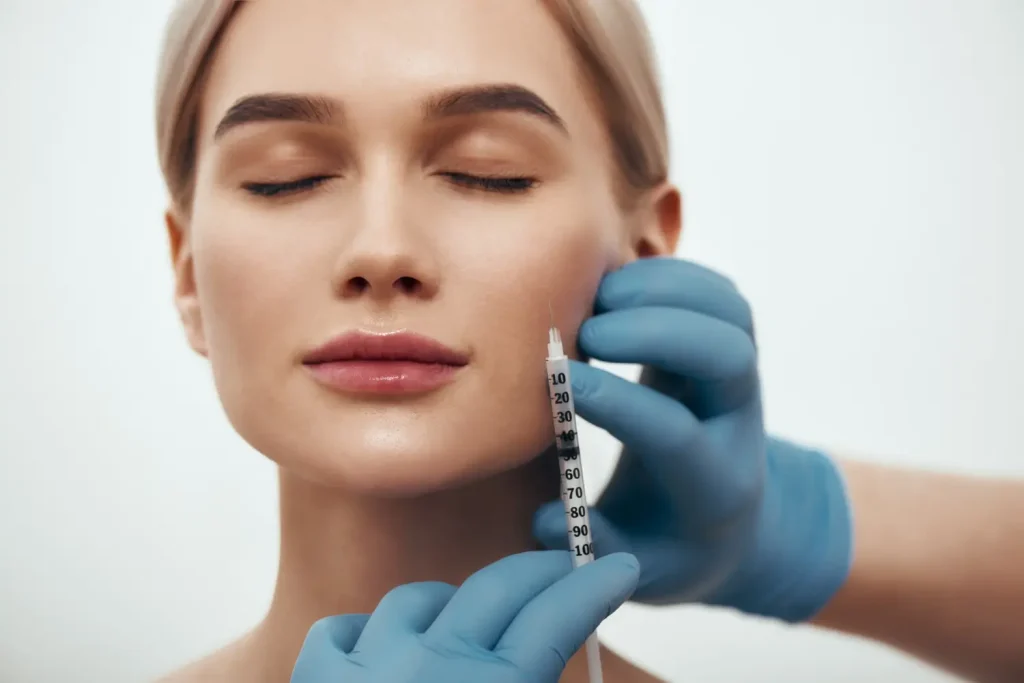What you need to know about hyaluronic acid
Hyaluronic acid (HA) is a substance that is naturally present in the human body. HA is a naturally occurring sugar found in the body that retains water. It is found in the highest concentrations in fluids in the skin, but is also found in the eyes, cartilage, and various other areas and cells in the body.
The vital differences between hyaluronic acid-based fillers are: source of HA, concentration of HA, the particulate quantity of HA, whether the HA is cross-linked, the type of cross-linking agent used, whether the HA is monophasic or biphasic, if the HA is mixed with anesthetic. These differences determine the indications of the filler.
Particle sizes
Various companies, including Allergan, Galderma, and Merz, produce dermal fillers that contain non-animal HA gels. The particle size refers to the size of the hyaluronic acid molecules. Larger molecule sizes are generally used for deep wrinkles or volume restoration, while smaller molecule sizes are used for superficial corrections. As well, some dermal fillers also contain a mix of molecule sizes. Juvederm, Belotero, and Restylane all manufacture a range of fillers that contain various HA molecule sizes to target specific aging concerns.
HA concentration
The concentration of hyaluronic acid in a filler refers to how much HA is used in the formulation. This concentration can be anywhere from 13mg/ml to 24mg/ml, for example.
What to expect after an injection
Post-injection, you can expect to experience some pain or tenderness, redness, swelling, and possibly itching.
If symptoms persist or worsen in the days after the treatment, you should contact your physician.
Choosing a dermal filler based on the severity of wrinkles
It’s important to recognize that there is not 1 filler that can alleviate all concerns. Different fillers have different functions and the appropriate filler must be selected according to the concern. Some fillers may be formulated to correct a number of concerns, while others may target 1 specific concern.
Your doctor will choose a filler that best suits your needs.
Most popular dermal fillers
Juvederm
Juvederm is a range of injectable gel fillers that are sold worldwide. Fillers in this range include Volbella, Ultra and Ultra Plus, Voluma, and Ultra Smile, to name a few. These injectables are indicated for correcting superficial to severe facial wrinkles, thinning lips, and volume loss, depending on the formulation. Treatment with these fillers can cost up to $700. As well, the duration of effects can last between 3 months to 9 months or more. The longevity of the results will depend on your skin condition and lifestyle. Juvederm soft tissue fillers are made of non-animal hyaluronic acid.
Restylane
Restylane is another brand of nonanimal-based hyaluronic acid used to correct a wide variety of aging concerns. Fillers in this collection include Lyft, SubQ, Perlane, and Skinboosters Vital. These injectables are popularly used to correct dull, dehydrated skin, volume loss, and fine to deep lines and skin depressions. As well, some formulations are also suitable for augmenting lips. Depending on the concern being corrected, the filler used, and your lifestyle and skin condition, these fillers can last from 3 to 12 months.
Restylane can cost up to $800. The price will depend on what filler is used, and how many syringes are needed.
Belotero
Another popular hyaluronic acid-based filler collection, Belotero injectables are sourced through biofermentation. These specially formulated cosmetic injectables can be used to rehydrate the skin, enhance facial contours, and smooth out superficial to deep lines and wrinkles. Similar to Restylane and Juvederm, Belotero uses hyaluronic acid from a non-animal source and does not require a skin test. There are 5 fillers in the range: Soft, Hydro, Volume, Intense, and Balance. The results can last up to 6 months, although it varies per individual. The average cost of Belotero is $500.
Sculptra
Sculptra is another synthetic filler; however, the active ingredient is poly-L-lactic acid (PLLA). This filler is used to correct superficial to deep lines, such as chin wrinkles, marionette lines, and smile lines. What is unique about this filler is that the PLLA particles stimulate naturally-produced collagen, so the effects last long after the filler has been metabolized. For optimal results, treatment is usually given over 3 sessions at a monthly interval. The number of treatments will be determined by the severity of the correction needed. These sessions can cost around $600, and the effects can last up to 2 years.
Radiesse
This filler is made of calcium hydroxylapatite (CaHa) particles, which also help to stimulate natural collagen production. As this is a synthetic filler, it typically does not require a skin test. Radiesse is indicated for adding volume under the skin, such as the nasolabial folds or in the backs of the hands. As this injectable helps encourage the body to produce collagen, the effects can last up to a year. Once the filler is resorbed by the tissues, the naturally-produced collagen remains to help support the skin’s structure. Radiesse can cost up to $800, depending on the number of syringes needed.
These brands are only the beginning of the range of the most popular filler brands used. Others include Princess, Ellanse, and Filorga, to name just a few. Your doctor will discuss the best options for you. Your doctor may also provide recommendations on skincare products, such as ZO Skin Health, or chemical peels to consider as less invasive alternatives. Regardless of your treatment preference or final decision, your doctor should only use genuine, brand name products to prevent unwanted complications.





















